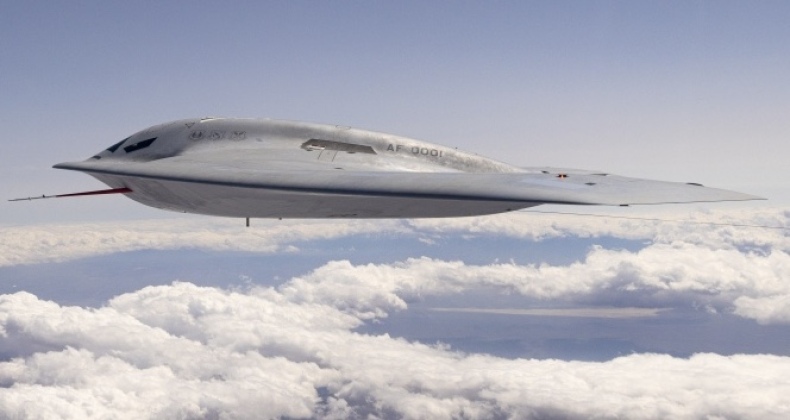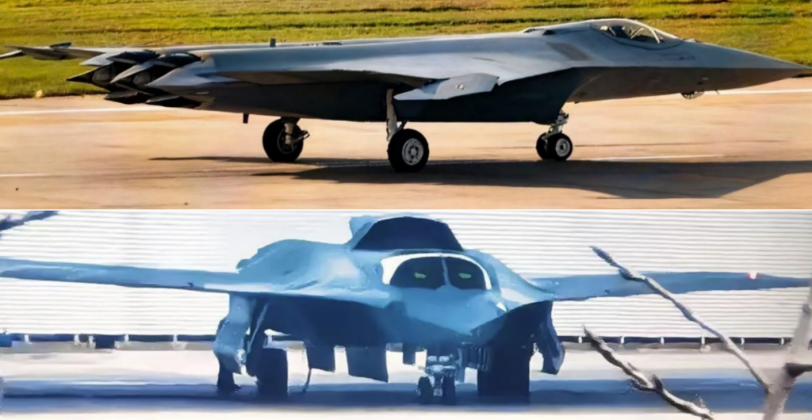News
U.S. Air Force Studying B-21 Bomber Variant For Pacific Air-to-Air Operations Against China
The U.S. Air Force is currently studying the possibility of developing a large flying wing stealth aircraft specifically for air-to-air combat operations, with the development of an air superiority optimised variant of the B-21 strategic bomber currently under consideration. The concept could see stealth fighters such as the F-35 and upcoming F-47 assigned to detect and designate targets at range, after which bomber-sized aircraft shoot them down, which would circumvent the major limitations on internal missile carriage affecting fighter-sized aircraft. The much delayed B-21 program is currently at a weapons and missions system testing stage, and is intended to be brought into service close to 2030, with the aircraft reported to have a limited defensive air-to-air capability.

Using the B-21 airframe as the basis to develop a new air-to-air platform would provide further economies of scale to production lines, and provide commonality of maintenance. The large size and lack of manoeuvrability that are common to all bomber classes has long precluded them from being seriously considered for air-to-air roles, as it leaves them potentially vulnerable to attack. The new levels of stealth capabilities pioneered by the B-21, however, have the potential to make the aircraft much more survivable in beyond visual range air-to-air combat. The aircraft’s particularly large weapons payload would allow it to carry more missiles than multiple F-35 squadrons, while its range allows for operations across much of the Pacific without a heavy reliance on aerial refuelling. Limited range remains a particular weakness of Western fighter sized aircraft due to their shorter ranges than their Chinese counterparts.

The official who reported on the new study noted that the concept was specifically being discussed in the context of preparing for a possible war with China in East Asia, during which the U.S. Air Force will face large fleets of fifth generation fighters benefitting from similar levels of sophistication to the F-35. The report comes at a time when the urgently needed F-47 sixth generation fighter has seen its development fall significantly behind rival Chinese programs, while efforts to modernise and address outstanding issues with the fifth generation F-35 have continued to face serious delays, leaving it at risk of falling significantly behind its Chinese rivals the J-20 and J-35 in many of its capabilities. The new study could result in a major shift in how the Air Force plans to operate the B-21, while providing a major boon to the aircraft’s producer Northrop Grumman.












